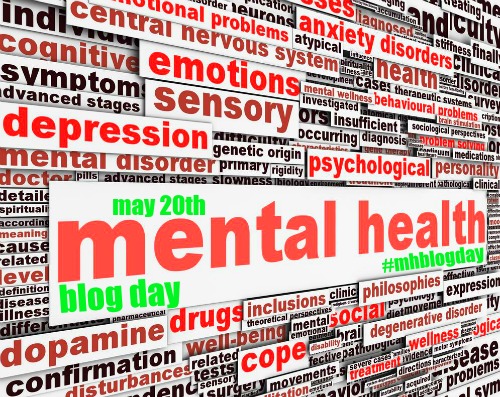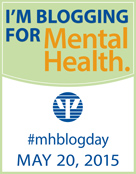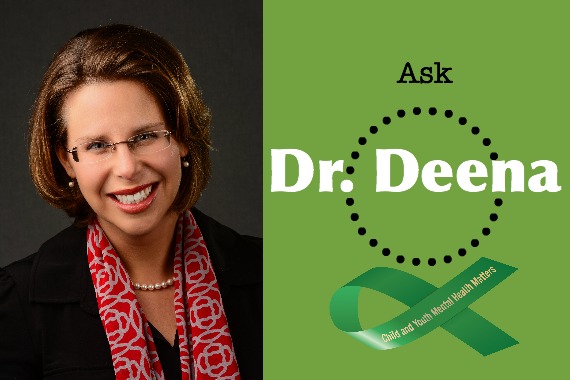2017
2017
Sometimes, in the moment, we don’t know what to say. If that’s the case, it’s ok to say “I don’t know. Let me get back to you.” Seek out a pediatric psychologist or other qualified mental health professional to sort through the information and help you come up with plan of what to say. When you have a plan, you’ll be calmer and be able to talk to your child in a clear manner.
Talking to kids about scary times is tough. But it’s important we build that foundation for children. Because our children deserve to know how to process both positive and negative events in their lives. And it’s our job as parents to guide them.
 Today is Mental Health Blog Day and I remember when my son was first officially diagnosed with ADHD, he was about 6 years old. Kindergarten. Hmm…. How to explain to him, “Yeah! You were diagnosed with a neurological disorder that makes you move, and fidget, and call out, and have some social issues with your peers!” No matter how smart he was, that wouldn’t go over well.
So I started thinking; in life, everyone has something. Some people are good at sports, but not a reading. Some people have difficulty letting go of their blankie. Sometimes, people’s strengths and weaknesses don’t have a name: they are just a group of behaviors, while sometimes if we’re lucky, those groups of behaviors have a label. That’s good; in many cases that means that there are many other people who also have those behaviors and we may know how to help. Many times, when we give something a label or a name, it means that it’s real. It validates the experience. So that’s what I did for my son. What’s good about this approach is that it normalizes the experience for kids. It also gives parents much needed perspective. ADHD isn’t a bad thing. It’s just a thing…and everyone has to deal with something. Feel free to read more of my blog posts here: Long Island Child Psych Blog.
Today is Mental Health Blog Day and I remember when my son was first officially diagnosed with ADHD, he was about 6 years old. Kindergarten. Hmm…. How to explain to him, “Yeah! You were diagnosed with a neurological disorder that makes you move, and fidget, and call out, and have some social issues with your peers!” No matter how smart he was, that wouldn’t go over well.
So I started thinking; in life, everyone has something. Some people are good at sports, but not a reading. Some people have difficulty letting go of their blankie. Sometimes, people’s strengths and weaknesses don’t have a name: they are just a group of behaviors, while sometimes if we’re lucky, those groups of behaviors have a label. That’s good; in many cases that means that there are many other people who also have those behaviors and we may know how to help. Many times, when we give something a label or a name, it means that it’s real. It validates the experience. So that’s what I did for my son. What’s good about this approach is that it normalizes the experience for kids. It also gives parents much needed perspective. ADHD isn’t a bad thing. It’s just a thing…and everyone has to deal with something. Feel free to read more of my blog posts here: Long Island Child Psych Blog.
 Remember, don’t be ashamed of your story; it will inspire others. It’s time to think outside of the stigma. Today is the day: #mhblogday
Remember, don’t be ashamed of your story; it will inspire others. It’s time to think outside of the stigma. Today is the day: #mhblogday
 Ask Dr. Deena your questions through any of these channels:
Facebook: Long Island Child Psych
Ask Dr. Deena your questions through any of these channels:
Facebook: Long Island Child Psych